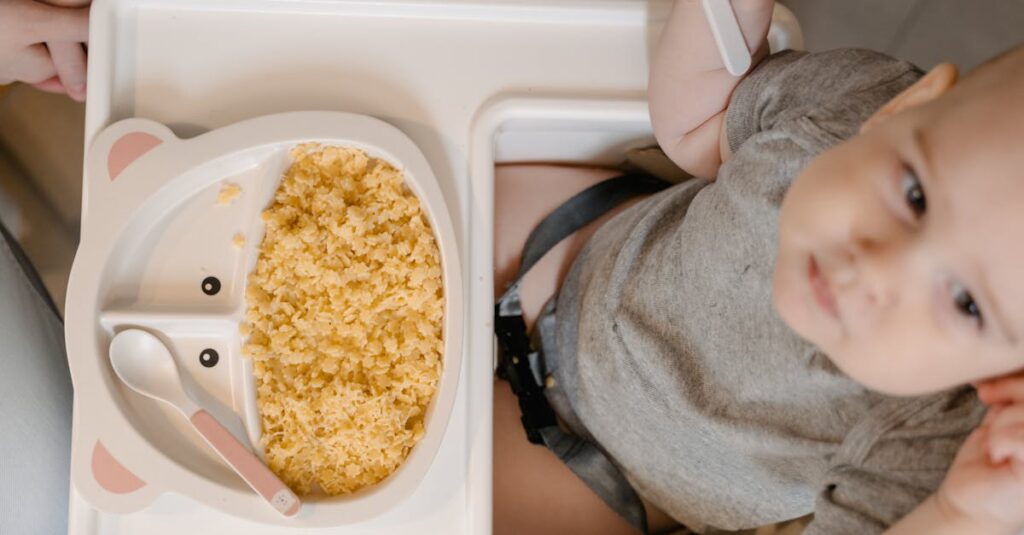Understanding Weaning and Its Emotional Toll
Weaning is more than just giving up breastfeeding; it’s an emotional journey for both you and your baby. Expect tears, cuddles, and maybe some sleepless nights. Weaning represents a step toward independence—something exciting and daunting!
Did you know it’s normal to feel a pang of guilt? Don’t worry; you’re not alone in this journey. Many parents experience mixed emotions. Weaning can also trigger new emotions for your baby. After all, they’ve relied on you for comfort and nourishment. So, it’s okay to take it slow and steady. Trust your instincts and celebrate small victories along the way.
Why Separation Anxiety Happens
Have you ever been ambushed by a wailing child as you tried to slip out of the room? Welcome to the world of separation anxiety! This phase is as common as it is challenging. It usually kicks in around 8 months and peaks at 14-18 months.
Here’s why it happens: Your baby begins to understand that you exist even when you’re not around. What’s fascinating is how your baby’s immature brain processes your ‘disappearance’. They can feel abandoned, leading to tears and tantrums.
So, when should you worry? If it persists beyond age 3, consider seeking professional advice. Until then, embrace the clinginess—it’s a sign of a strong bond.
Practical Tips to Ease Separation Anxiety
Separation anxiety can make you feel like sneaking out of the house (and your life) forever. But don’t! There are ways to ease the stress for both of you.
Start by creating a goodbye routine, like a special hug or a wave from the window. Sounds cheesy, but it works! Gradually increase the time you spend apart. Leave your baby with a familiar toy or a piece of your clothing. Engage them in fun activities before departure, distracting them from the fact you’re leaving.
Last but not least, stay calm. Babies pick up on your emotions. A calm parent can help ease their anxiety.
Supporting Your Child Through Weaning
Support during weaning isn’t one-size-fits-all. For some, it means switching to formula; for others, it’s about introducing solid foods. Patience is key here. Some babies readily take to their bottles, while others need time.
Offer a variety of new foods and textures. Make mealtime fun—think brightly colored plates and silly faces! To ease nighttime weaning, try giving extra cuddles and reassurance. Hearing your baby’s cry at night can tug at your heartstrings. Remember, it’s temporary!
Keep a diary of your progress to celebrate each milestone. Or, even better, start a blog to share your journey with other parents!
Stay patient and supportive throughout this process. Each child is unique, and your understanding and encouragement can make a world of difference.
Share Your Weaning and Separation Stories
Everyone loves a good story, especially when it’s about shared experiences. Sharing your highs and lows can be therapeutic.
So, how did YOU handle weaning and separation anxiety? Maybe you found an unusual trick that worked wonders, or perhaps you have a funny story about a weaning mishap. Whatever your experience, sharing it could be the support another parent needs.
Comment below and let’s create a community where we support each other. Parenting is a complex journey, and every bit of shared wisdom counts. Let’s turn the comment section into a haven of advice, humor, and solidarity.
Share your story today!
Related Posts:
- Sibling Relationships Impact on Infant Separation Anxiety
- Managing Overnight Separation Anxiety During Hospitalization
- Understanding & Responding to Your Baby’s Cues for Anxiety Prevention
- Emotional Resilience for Parents Facing Infant Separation Anxiety
- Returning to Work After Maternity/Paternity Leave: Transition Strategies

